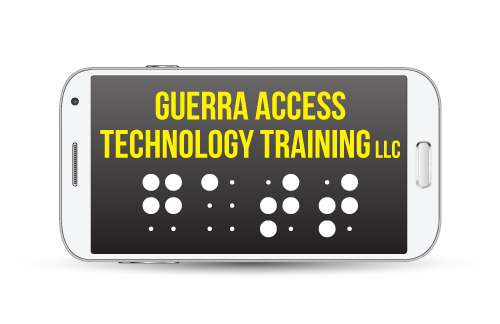The 2024 final rule updating Section 1557 of the Affordable Care Act (ACA) has stirred up uncertainty in the healthcare world, especially around what it means to provide accessible documents and effective communication. With new terms, stricter expectations, and broader responsibilities, it’s easy to feel overwhelmed.
You don’t have to sort through it alone. Here’s what healthcare professionals and patients need to know about its document accessibility requirements.
h2>What is Section 1557?
Enacted as part of the Affordable Care Act in 2010, Section 1557 prohibits discrimination in healthcare programs and activities that receive federal funding.
Section 1557 strengthens long-standing federal civil rights laws, including:
- Title VI of the Civil Rights Act of 1964
- Title IX of the Education Amendments of 1972
- Section 504 of the Rehabilitation Act of 1973
- The Age Discrimination Act of 1975
Section 1557 is unique in its scope. It combines these laws under one umbrella to ensure no one experiences discrimination in healthcare based on a wide range of characteristics, including disability.
Who must comply?
If your organization receives any funding from the U.S. Department of Health and Human Services (HHS), whether directly or indirectly, you’re likely covered. This includes:
- Hospitals and clinics
- Physician practices
- Community health centers
- Nursing facilities
- Home health and hospice providers
- Eye and dental care providers
- Health insurance carriers and third-party administrators
- State Medicaid and CHIP programs
- Health Insurance Marketplaces and all plans sold through them
- Even private employers may fall under Section 1557 if they receive federal funding for employee health benefits.
Key Document Accessibility Requirements
Section 1557 requires healthcare-related communications to be just as effective for people with disabilities as they are for those without. This is an extension and enforcement of the Americans with Disabilities Act (ADA) and Section 504 of the Rehabilitation Act of 1973.
Organizations must provide:
- Accessible digital content readable by assistive technology, such as websites, emails, patient portals, and PDFs
- Auxiliary aids and services, such as braille, large print, and audio formats
- Effective communication methods that meet individuals’ needs
- Reasonable modifications to policies and procedures to ensure full access to programs and services
- For people who have a visual disability, these accommodations must be beneficial and timely. For example, someone who is blind may not read braille and instead rely on accessible PDF or audio formats. This highlights the importance of providing effective communication based on a person’s needs.
It’s important to note that these document accessibility requirements extend to a patient’s companion, like a parent or guardian, too.
What materials need to be accessible?
Essentially, any document or digital communication that’s made available to people with sight must also be available in an accessible format. This includes:
- Insurance plans and marketing materials
- Consent forms and patient rights information
- Notices of nondiscrimination
- Statements and notices of accessibility
- Digital interfaces and forms
These are not just recommendations, they’re legal obligations for covered entities.
End of Article.
